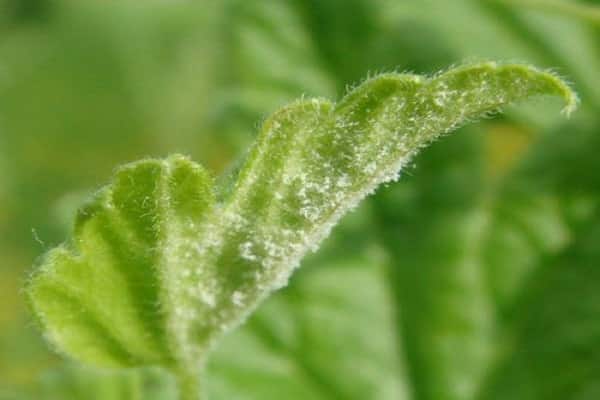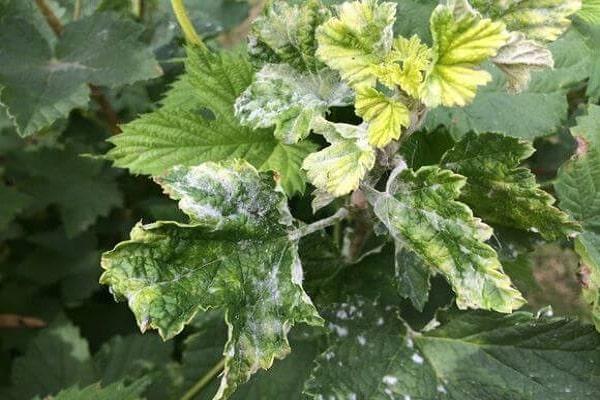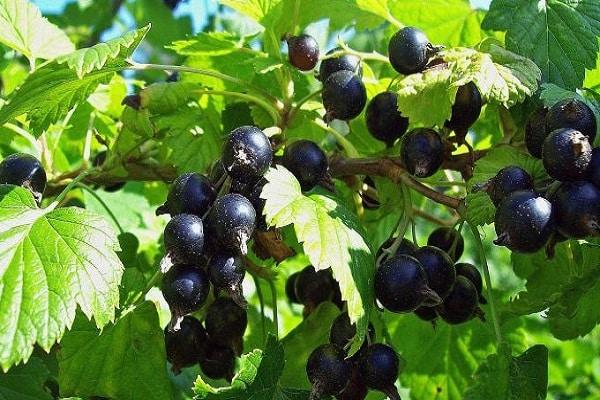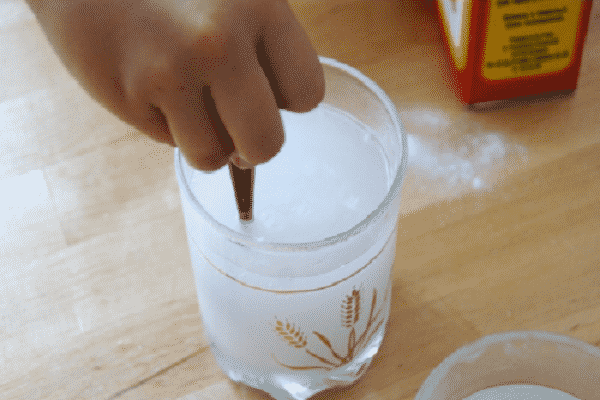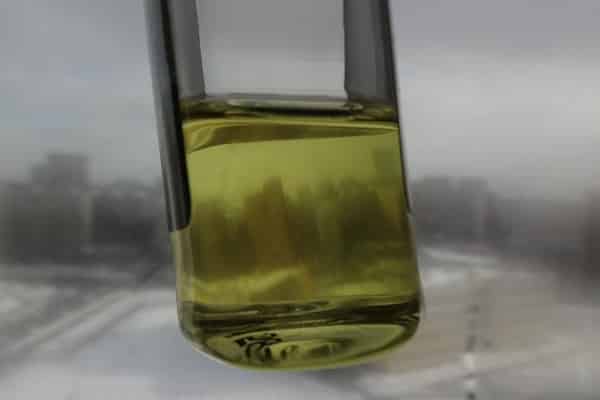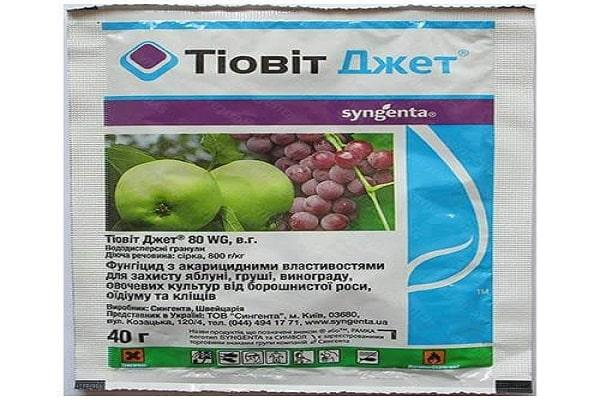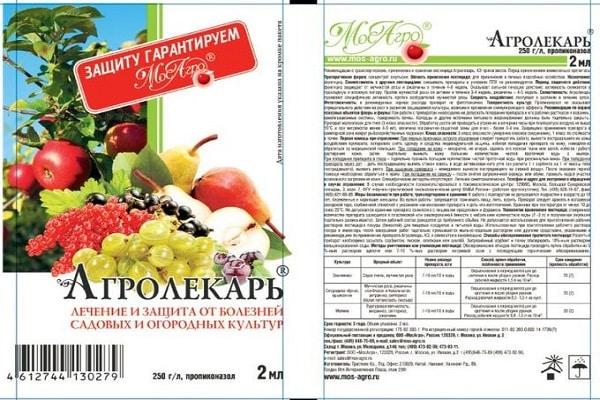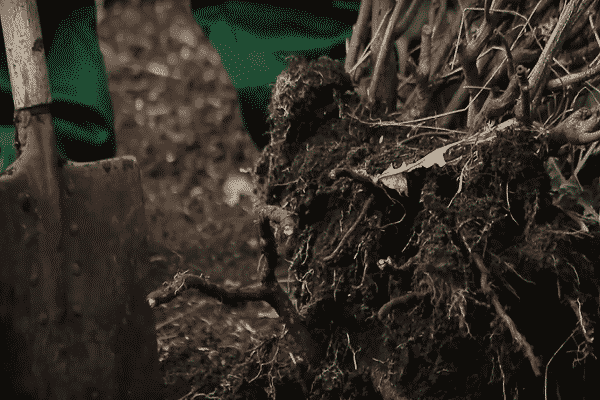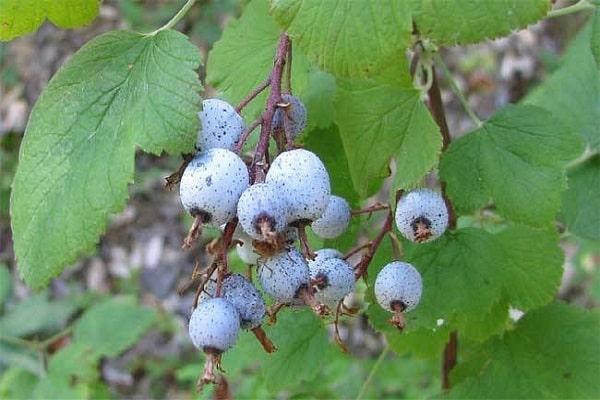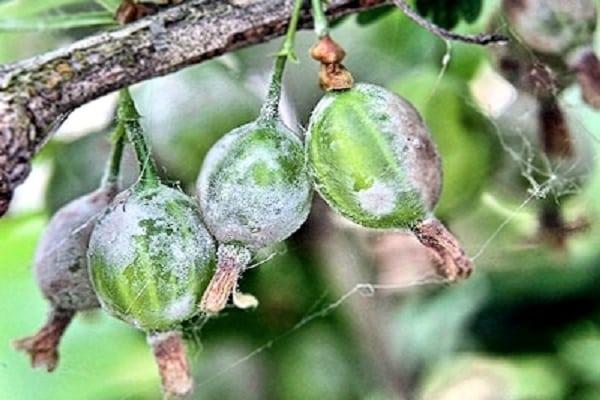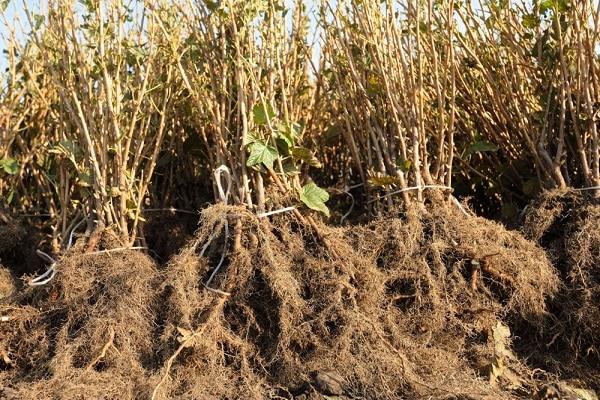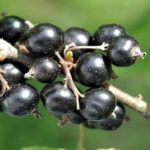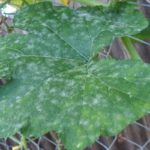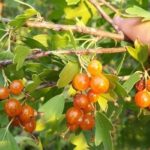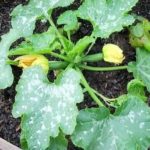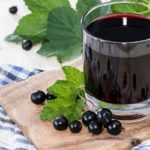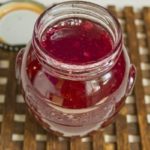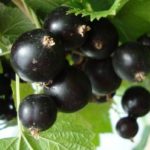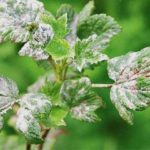In summer, the activity of the fungus that causes powdery mildew often increases. The disease affects fruit bushes, and its first sign is the appearance of a white coating. On currants, it forms on the inside of the leaves, covers young shoots, and over time the infection spreads to the berries, which can lead to complete loss of the harvest. In the absence of control of the pathogen, the affected bushes freeze in winter.
- Causes of white plaque
- Who is the causative agent
- Symptoms of the lesion
- What danger does it pose to a currant garden?
- Preparations and treatments for powdery mildew
- Folk ways to combat white plaque
- Chemicals
- Mechanical methods
- How to process correctly
- Plaque on berries
- On shoots and branches
- On the foliage
- Prevention methods
- Varieties resistant to disease
Causes of white plaque
Some gardeners often do not understand why mold appears on currants; they do not know that it is very dangerous due to the loss of berries. The development of powdery mildew is promoted by:
- A combination of high humidity and high temperatures.
- Thickened plantings of bushes.
- Lack of light for currants.
- Application of large amounts of nitrogen fertilizers.
The disease develops when, when shortening shoots, the cuts are not processed; spores easily get into them. The plant becomes infected with powdery mildew if planted next to a diseased bush.
White bloom often occurs on black currants, which, unlike red ones, are not resistant to fungal infection. Powdery mildew spreads quickly, from the leaves to the fruits, the berries turn gray, and the coating becomes brown.
Who is the causative agent
The spheroteca fungus, which survives the cold period of the year on the stems and in the apical buds of fruit bushes, under favorable conditions begins to multiply, spores are transferred by insects and the wind to the leaves and ovaries of pumpkin crops, grapes, and gooseberries.
The pathogen reproduces with the help of conidia that fall on other shrubs, and sexually, when the spores of the parasite are released from its body in the spring.
Symptoms of the lesion
The first sign indicating that the currants are infected with a fungal infection is that a whitish coating appears on the bushes. As powdery mildew spreads, the leaves curl and wilt. Due to impaired photosynthesis, they lose their green color and then fall off, the ovary crumbling. If the disease affects ripening berries, a brown coating forms on the fruit.
What danger does it pose to a currant garden?
Fungal spores do not die even in severe frost; in spring, microorganisms begin to multiply. The infection is spread from one bush to another by the wind, birds, and insects. Sick plants weaken and withstand winter very poorly. If the currants are covered with plaque, the berries disappear.
Preparations and treatments for powdery mildew
Infection of shrubs occurs at tremendous speed. You can save the plant if, when plaque appears, you immediately fight the fungus. In case of delayed treatment, the problem shoots are cut off, the leaves are burned and the crop is selected with what to treat.
Folk ways to combat white plaque
Not everyone wants to use chemicals to cope with disease on currants. At the beginning of its appearance, summer residents 2 tsp. rapeseed oil is poured into a bucket of water. The result of treating the shrub with this product is noticeable after 10–14 days; the plaque disappears as the spores die.
Wood ash is used to combat fungal infections. A kilogram of this organic substance is infused in 10 liters of water. After a week, the solution is filtered and mixed with crushed or liquid laundry soap and sprayed on the affected bush. The sediment is again combined with water and added under the currant root.
When the first signs of infection with a fungus appear, use a soda solution, which literally washes the plant. The composition is prepared from 2 tablespoons of the substance, the same amount of grated soap and 10 liters of water.
If the weather is dry outside and rain is not expected in the near future, currants are treated with whey or kefir, but not a concentrated solution, but half diluted in water.
Spray the bushes with a composition prepared from 10 ml of iodine and 10 liters of liquid. Fungi do not reproduce in an acidic environment, and alcohol disinfects the leaves from spores.The pathogens do not like the infusion of garlic cloves or cloves.
Chemicals
If a bush is significantly damaged by powdery mildew, using only traditional methods, it is impossible to cure the plant, and it is necessary to use chemicals. Such products contain poison; they must be combined with water strictly following the instructions. You need to spray the currants with a spray bottle so that the composition is distributed evenly and reaches all parts of the plant.
Processing is carried out not once, but several times:
- during snow melting;
- before buds open;
- before and after flowering;
- late autumn.
Products containing sulfur are less toxic than other chemicals used to treat powdery mildew. The berries can be consumed after spraying, but it is better to wait at least a week.
The optimal temperature for treating currants with Tiovit Jet and colloidal sulfur is 20–30°; at 35, the bush can get burned.
Bordeaux mixture, which is prepared by dissolving 10 grams of copper sulfate in a bucket of water, helps to cope with fungi. The first time the currants are sprayed, wetting the soil near it, until the buds awaken. The treatment is carried out three times a season, constantly changing the preparations, since the fungi quickly get used to the composition.
Systemic fungicides, which penetrate the tissue of the bush and stop the development of the disease, effectively cope with the infection.
When using the preparations “Topaz”, “Skor”, “Agrolekar”, “Fitosporin-M”, “Raek”, the berries can be consumed no earlier than 2 weeks after spraying.
Mechanical methods
When plaque appears in small quantities, when only a few leaves are affected by the infection, it is possible to do without chemical treatment.
Thickened plantings promote the development and spread of powdery mildew.If the bushes are located close to each other, the diseased plant is dug up. Shoots infected with spores are cut off, leaves are torn off and the whole thing is burned.
Before dividing a plot for currants, the ground is disinfected with fungicides.
How to process correctly
Beginning gardeners, having purchased the drug, may not know what to do before spraying the bush. The plant needs to be prepared for the procedure.
Plaque on berries
Fungal spores are not only carried by the wind and birds, but the infection spreads from currant leaves to the fruits; when infected, they turn white, but over time they turn brown and disappear. Affected berries must be picked, and healthy ones are sprayed along with the bush.
On shoots and branches
In currants affected by powdery mildew, plaque forms over time on the stems and trunk. Such a bush is cut to the ground, and cold water is directed to the plant under pressure. After this, fungicides are sprayed along with the soil.
If the shoots are significantly damaged, the currants are dug up and all branches are burned. Under diseased bushes, remove the top layer of soil, remove mummified fruits in which harmful microorganisms like to overwinter..
On the foliage
Powdery mildew quickly affects entire blackcurrant plantings if the first signs are not immediately noticed. First, the fungus attacks the inside of the leaf blade, so not every summer resident who has recently grown a shrub can detect the problem.
Even experienced gardeners sometimes pay attention to the presence of plaque when the outer parts of the leaf blade are covered with it. In this case, folk remedies are not always effective; fungicides have to be used. Before spraying the bush with preparations, all white leaves are torn off and burned.
Prevention methods
To reduce the risk of currant infection, seedlings for cultivation should be purchased from a nursery; you should choose varieties that have been recently bred, since they are highly resistant to fungal infection.
To prevent powdery mildew, you must:
- Before planting, dip young bushes in boiled water or Bordeaux mixture.
- Comply with agricultural technology requirements.
- Do not leave weeds near currants.
- Get rid of weakened shoots in a timely manner.
Branches on which plaque has formed must be cut off. You should not grow currants in the same place for more than 10 years. In spring, it is advisable to treat the bushes with a solution prepared from water and humus. Plants are sprayed with this composition when leaves and flowers appear.
Varieties resistant to disease
Fruit bushes have been suffering from powdery mildew for a very long time. Russia has been fighting the disease since the beginning of the last century. Recently, breeders have been developing currant varieties that are immune to fungal infections. Gardeners are advised to purchase:
- Riddle - a productive shrub, resistant to frost;
- Vernissage - with large dark purple berries;
- Agate is a compact plant with straight shoots, created in Siberia.
The self-fertile hybrid Black Pearl is rarely affected by powdery mildew. This currant grows in different regions - from the northern Caucasus to the Urals, and pleases with fruits weighing up to 6 grams.

